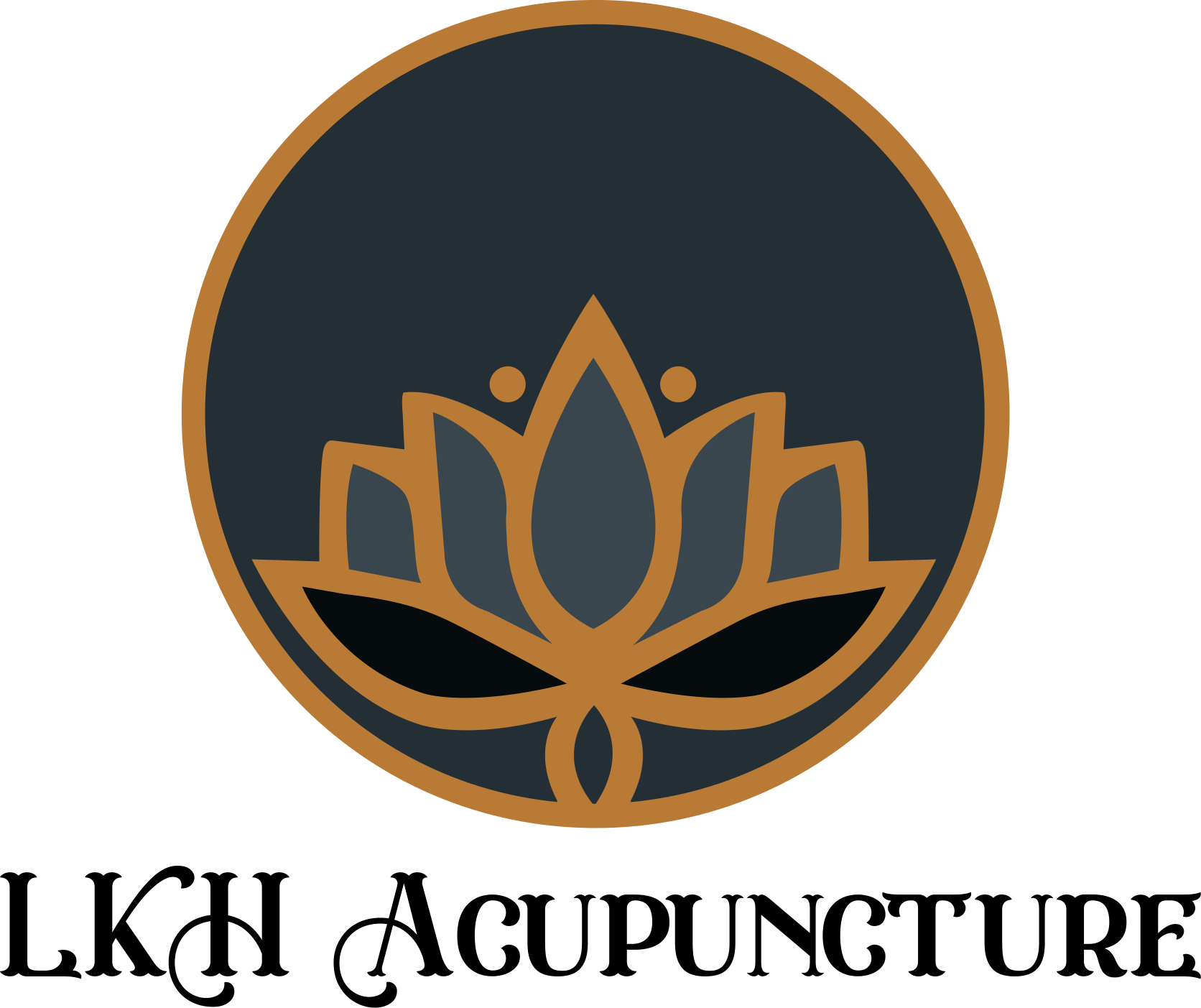Cluster Headaches: Successful Treatment with Acupuncture
“Cluster headache is one of the most painful conditions known to mankind and women suffering from cluster headache describe the pain as worse than childbirth.”
As I was researching this topic, I was surprised to find that once again opioids, which are the hottest topic in the news, are an option to treat cluster headaches! Click here to read more!
I have to question why, when this condition is so easily treated with Acupuncture.
According to Traditional Chinese Medicine:
The Liver is the key player in Cluster Headaches and Migraines. The Liver, according to Traditional Chinese Medicine, is known to encourage the function of all the other organs and its’ tendency is to rise up to the head. This can cause headaches that are typically one-sided. The Liver is related to the wood element and expresses itself or is most active in the Spring.
A migraine on the other hand has similar Liver symptoms, but has the added involvement of the Spleen/Stomach. The Liver is said to encourage the function of the digestive system. When the Liver becomes over-active or aggressive, it will start to attack the digestion system producing nausea and vomiting.
Let’s see what standard allopathic medicine has to say about Cluster Headaches and Migraines.
In about 80% of people with cluster headache the bouts (or “clusters”) of head pain last for 4 to 12 weeks once a year often at the same time and often in the Spring or Autumn. It may then disappear for several months or even years. This is known as episodic cluster headache. According to allopathic medicine, the reason for this seasonal timing is not completely known, although it is one of the key aspects of diagnosis.”
Are you wondering if you have Cluster Headaches? Here’s a comparison of Cluster Headaches versus Migraines:
- Cluster may occur every other day or 1 – 8 attacks per day lasting 30 – 180 minutes. It may become agonizing for 5 – 10 minutes and then will stop abruptly. Migraines occur 1 – 10 per month lasting 4 – 72 hours.
- The cluster headaches occur on one side of the head, around the eye. Migraines may involve the entire head.
- With a migraine there may be nausea, vomiting and/or blurry vision whereas a cluster usually has no other symptoms.
- A person with a cluster headache will want to move around, rub the affected area, or hit his head on the wall. A person with a migraine will prefer going into a quiet room and lying down. Click here to read more!
Please note: if you have a severe headache that comes on suddenly this may be a sign of a stroke. This is an emergency situation that must be treated immediatly! Click here to read more!

